On November 2, 2023, Six Flags and Cedar Fair made an announcement that sent shockwaves through the amusement industry. The two companies announced an equal merger, creating a Goliath (pun intended) of a company that would control 42 properties across North America. While the new company will retain the “Six Flags” name, many Cedar Fair executives will step in as leaders of the massive chain of properties. With many speculating on how the merger will impact individual parks, I think that recent strategies from Cedar Fair will provide a positive spark for the Six Flags parks.
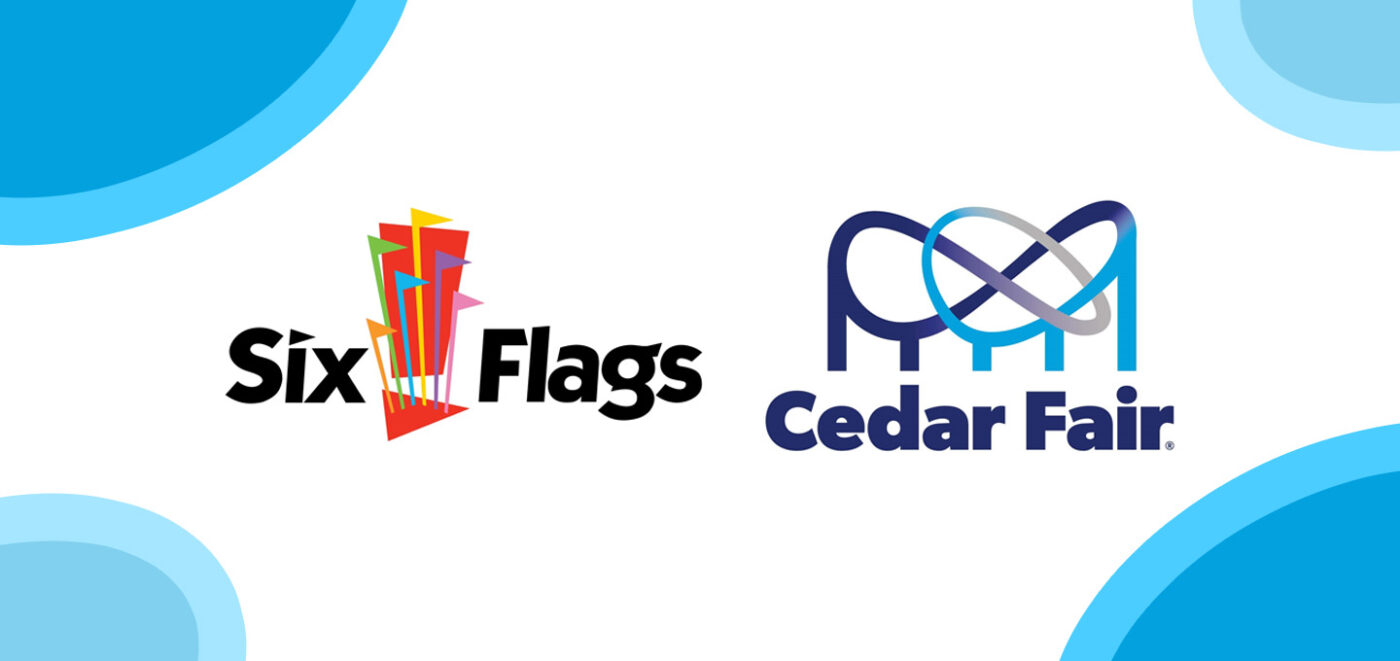
I recently visited Six Flags Over Georgia, and while the park was certainly full of thrilling coasters, I couldn’t help but feel the park struggled to separate itself from other Six Flags parks. Over the past two decades, Six Flags has focused on adding similar ride models and coasters to each of their parks, often theming many of those new attractions to DC Comics or Looney Tunes characters. The strategy of using recognizable characters and buying ride models in bulk may seem like a good idea on paper, but I feel that such an idea isn’t helping parks develop individual identities and experiences.
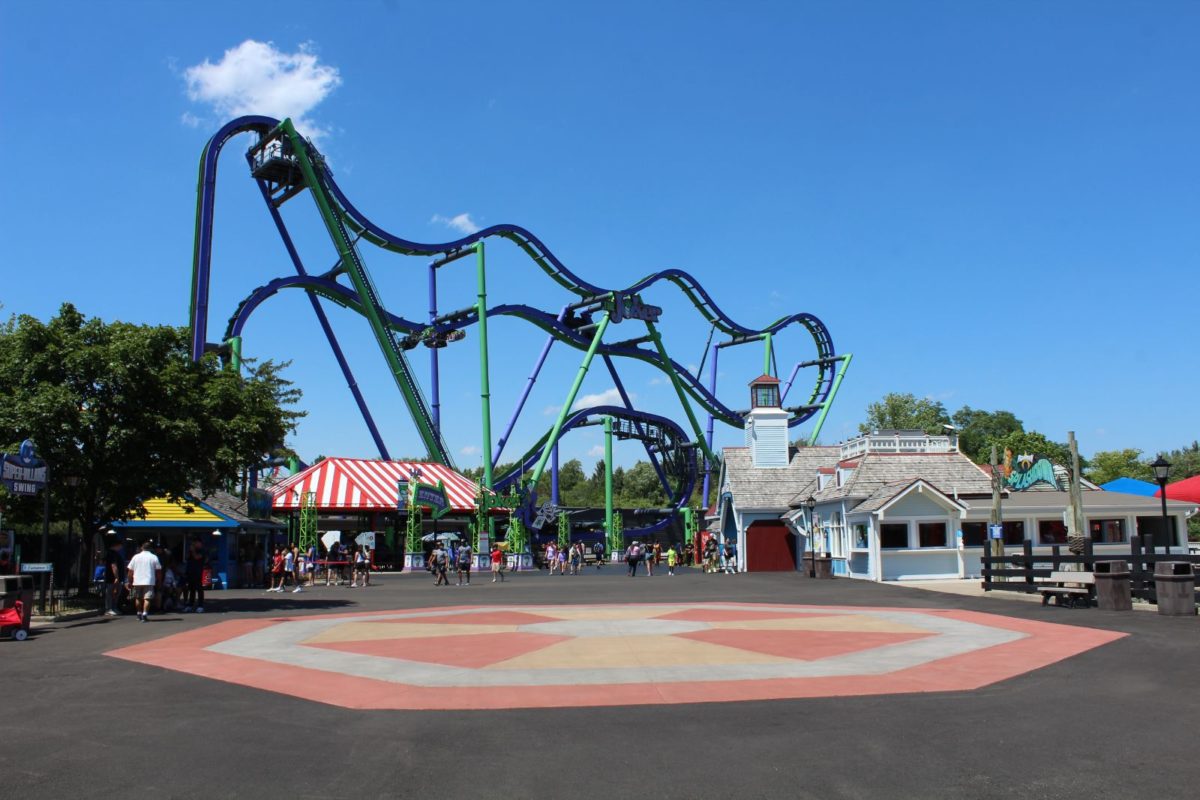
Joker at Six Flags Great America
This specific strategy from Six Flags was deployed after they emerged from bankruptcy in 2009. Since then, the chain has focused on spending capital to bring new additions to each of its parks every year. Many of these additions were also cloned (duplicate) rides, where the same ride models were built at different parks. The idea relies on marketing their new attractions to convince locals to come back to the park year after year so they can experience the newest attraction. I see this as an issue, as Six Flags management seems to be trying to persuade guests into coming to the parks rather than improving the parks to a point where guests will want to come back without marketing.
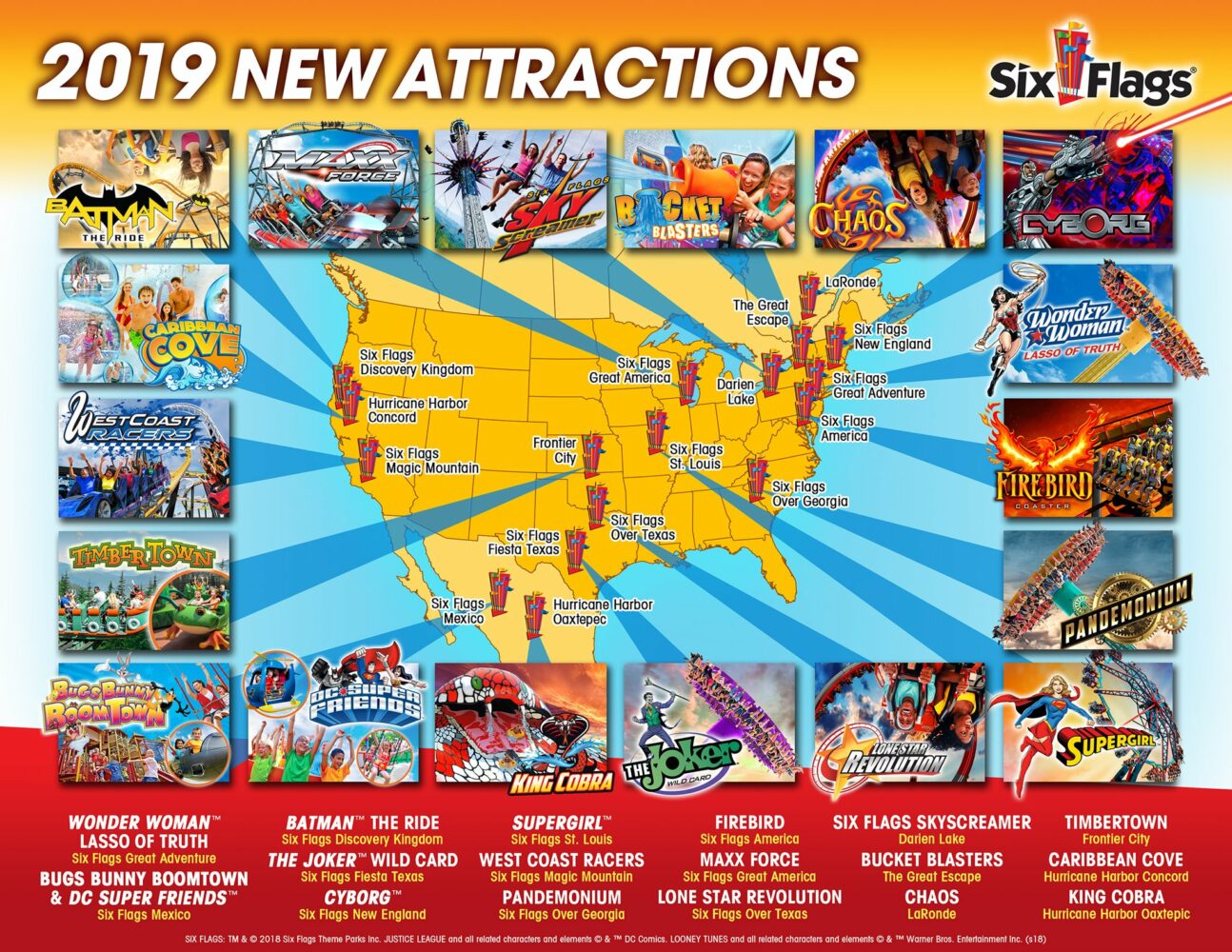
A 2019 promotion from Six Flags highlighting how capital is spread thin amongst all parks receiving new additions.
This strategy is one that derives from the Chicago school of economics, an economic school of thought that emphasizes free-market principles, and I think this approach to running amusement parks isn’t creating the success that other parks have enjoyed.
For insight, the Chicago school of economics is a school of economic thought that bred thinkers like Milton Friedman, an American economist and statistician. It rivals the ideas of the Austrian School of Economics. The Chicago school sees economics and business as a definite science, where every success, trend and failure can be traced, measured and studied so that business leaders can make corrections and improvements to their strategies and efforts. On the other hand, the Austrian School sees economics more as an uncontrollable nature that relies on human action, thus business leaders should not try and manipulate the market with strategies and models and instead should base their decisions on rational thinking.
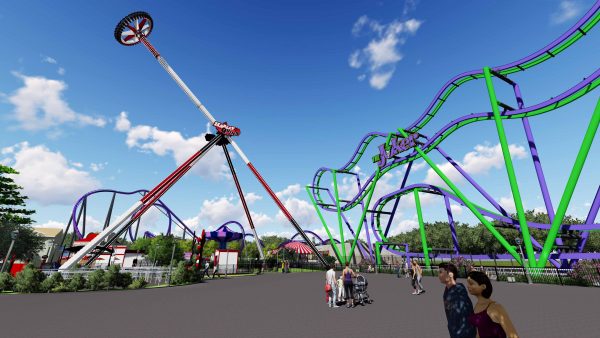
Supergirl Sky Flyer and Joker at Six Flags New England
Putting this into theme park terms, the Chicago School would add new attractions based on data of ridership numbers, demographics and target audience, and how certain ride models perform at other parks. The Austrian School, in comparison, would add new attractions based on what management thinks guests will love, and trust that having a well-crafted new experience will make guests return without the need to build an overwhelming number of new additions.
I think parks should take the Austrian School approach. In my observations of guests, people don’t return to theme parks just because there is a new attraction — they go because they love the park as it is, and well-crafted new additions are something that can elevate the parkgoing experience. As an Orlando resident, I can say theme park fans aren’t driven to the parks because of advertisements, but rather because a visit to a park they love is just instinctive. I believe the primary factor in a great guest experience isn’t how thrilling the rides are or how many rides they rode, but the overall feeling of being in the park itself.
The questions I feel like the Six Flags executives are asking are:
- What rides do guests react well to?
- What characters will our guests want to see?
- What size rides do our guests want?
Yet, the questions they should be asking are:
- How can we make the park look nicer?
- How can our operations be more efficient?
- What do our guests want to see improved?
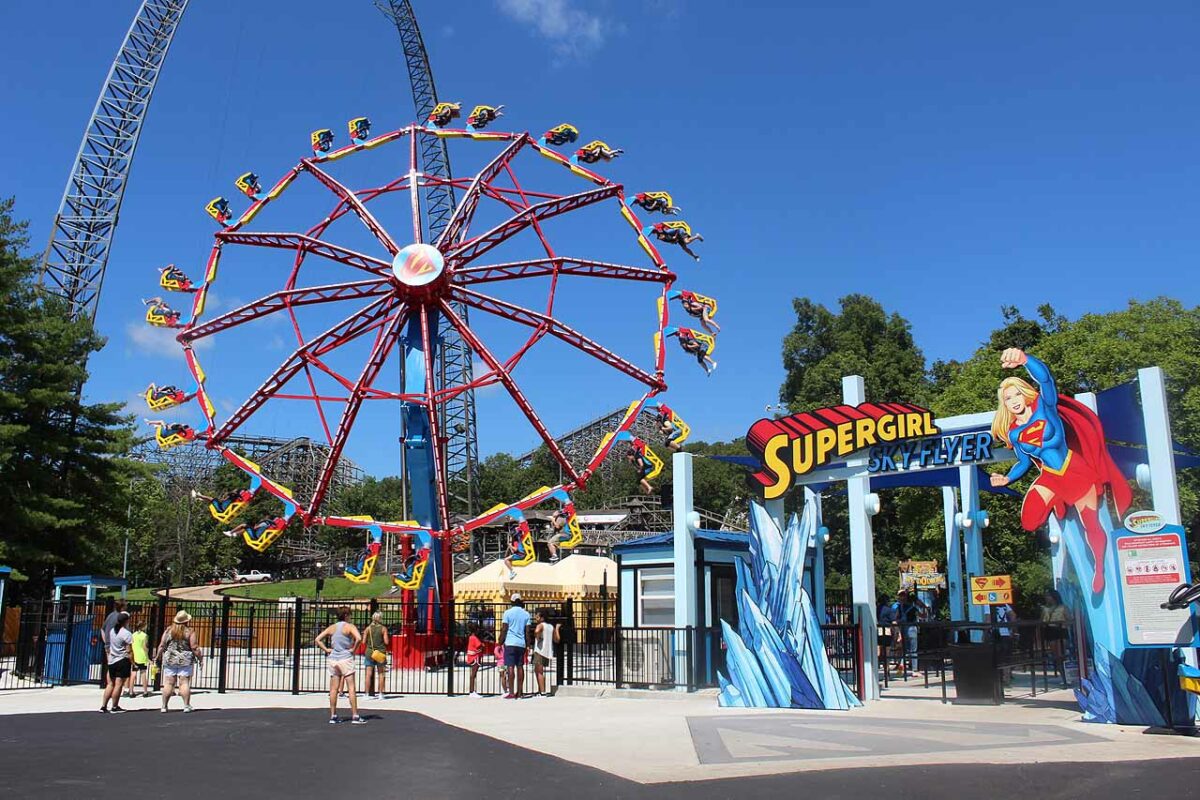
Supergirl: Sky Flyer at Six Flags St. Louis
I believe many recent additions to Six Flags parks display this conundrum, such as many of the new flat rides themed to DC Comics characters. While promotional advertising may show a thrilling new ride named after an infamous Batman villain, guests arrive to find a much different experience. Many of these new rides are installed in a cleared plot of land, replaced with a concrete foundation and enclosed in standard fencing. Other than a color scheme, new attractions often don’t quite embrace their theme as intended. This leaves many new additions to the parks feeling as though they’ve been placed in a game of Roller Coaster Tycoon rather than being well crafted additions for the park.
When looking at more popular theme parks, I think the Austrian School approach is evident in those parks’ successes. For instance, Disney’s Animal Kingdom continues to be one of the top 10 most attended parks in America despite only one major addition in the past 10 years. While that was the massive World of Pandora expansion, the park’s continued success is proof that a stunning, well-maintained, well-operated and regularly improved park can easily retain guests without the need to constantly add new rides.
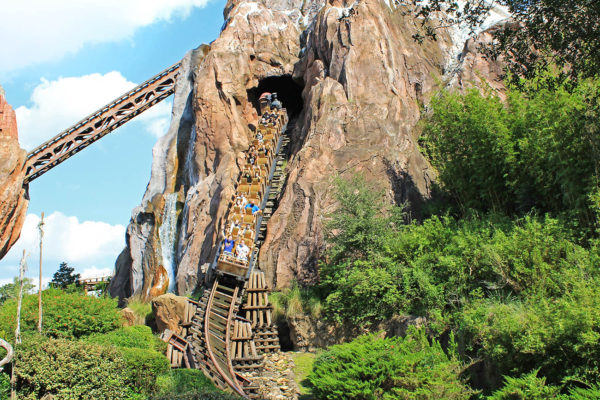
Expedition Everest at Disney’s Animal Kingdom
Expedition Everest remains one of the most popular rides at Walt Disney World. It isn’t new, yet the quality of the attraction continues to bring guests back to the park.
Holiday World is another great example of how focusing on the guest experience and parkwide operations can lead to consistent attendance numbers without the need to add new rides every year. In fact, the park is a cult favorite among coaster enthusiasts, especially with its annual Holiwood Nights event, and yet the park has only received one major new coaster in the past 10 years (the Good Gravy family coaster opens in 2024)
I’ve mentioned the necessity for parks to make improvements, and Cedar Fair has certainly dedicated itself to such in recent years. As Cedar Fair emerged from COVID-19 closures, we saw the parks of the chain focus on improving entire park areas instead of the massive new additions they were known for last decade.
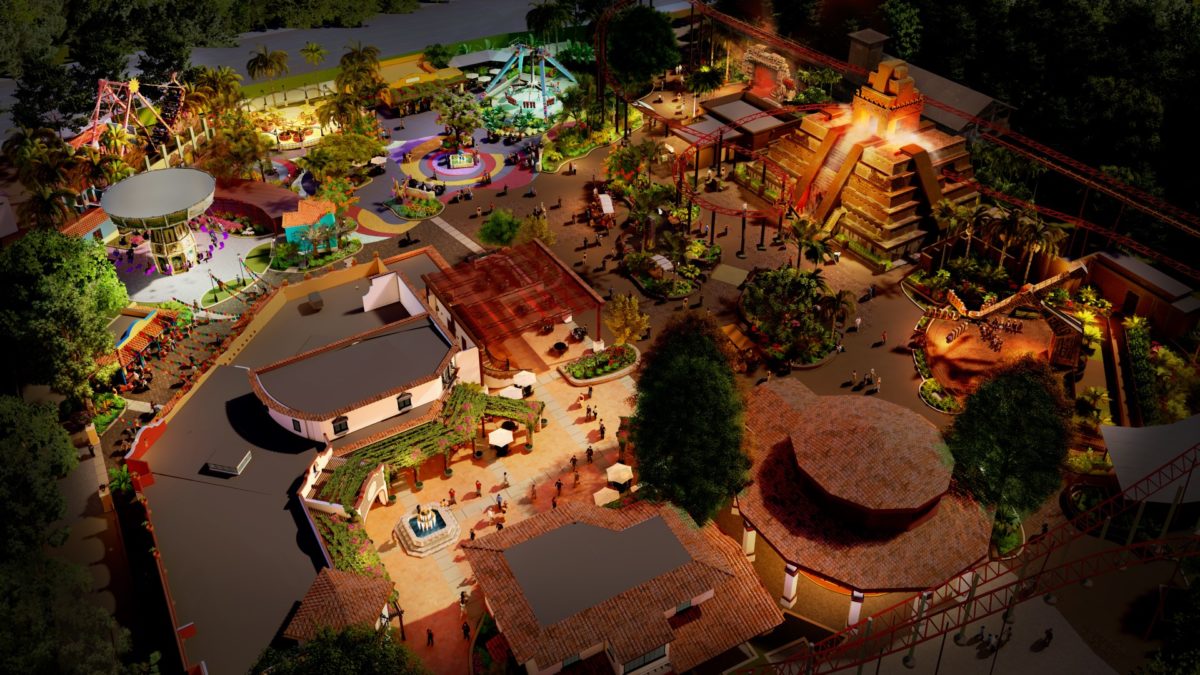
Fiesta Village at Knott’s Berry Farm
Knott’s Berry Farm revitalized its Fiesta Village area of the park.
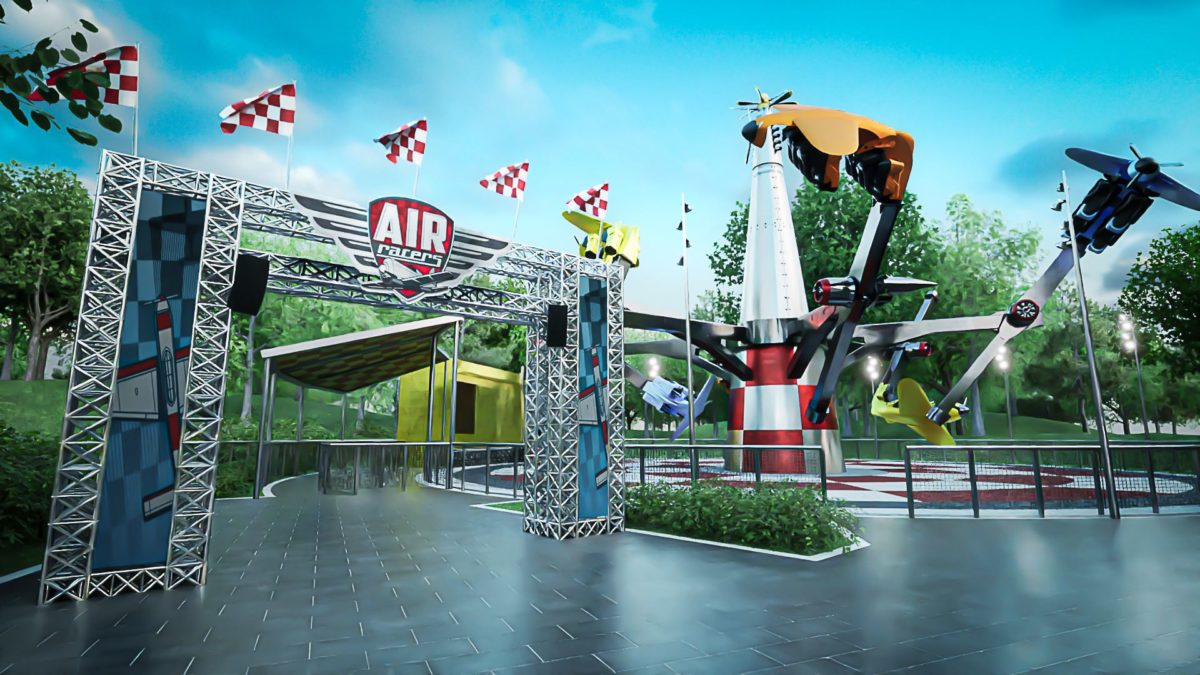
Aeronautica Landing at Carowinds (new for 2023)
Carowinds added the stunt pilot-themed Aeronautica Landing area.
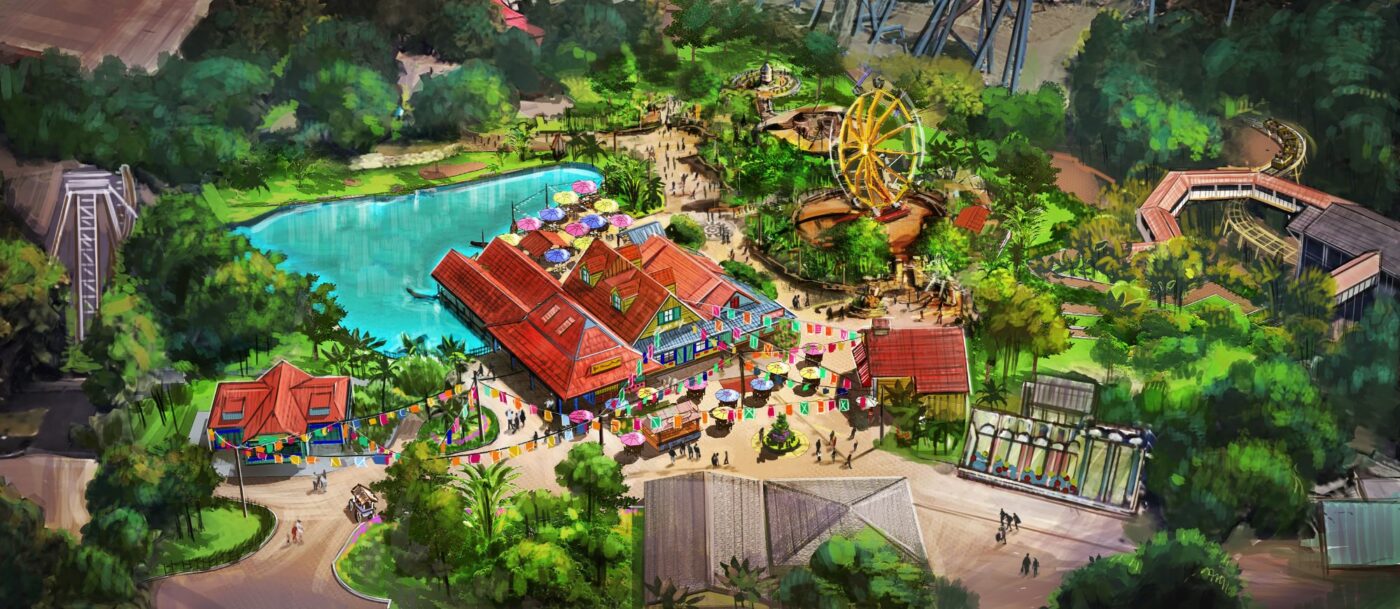
Adventure Port at Kings Island
Kings Island reimagined the area around Adventure Express into Adventure Port. Cedar Point upgraded the Boardwalk area, making it feel more like a boardwalk.
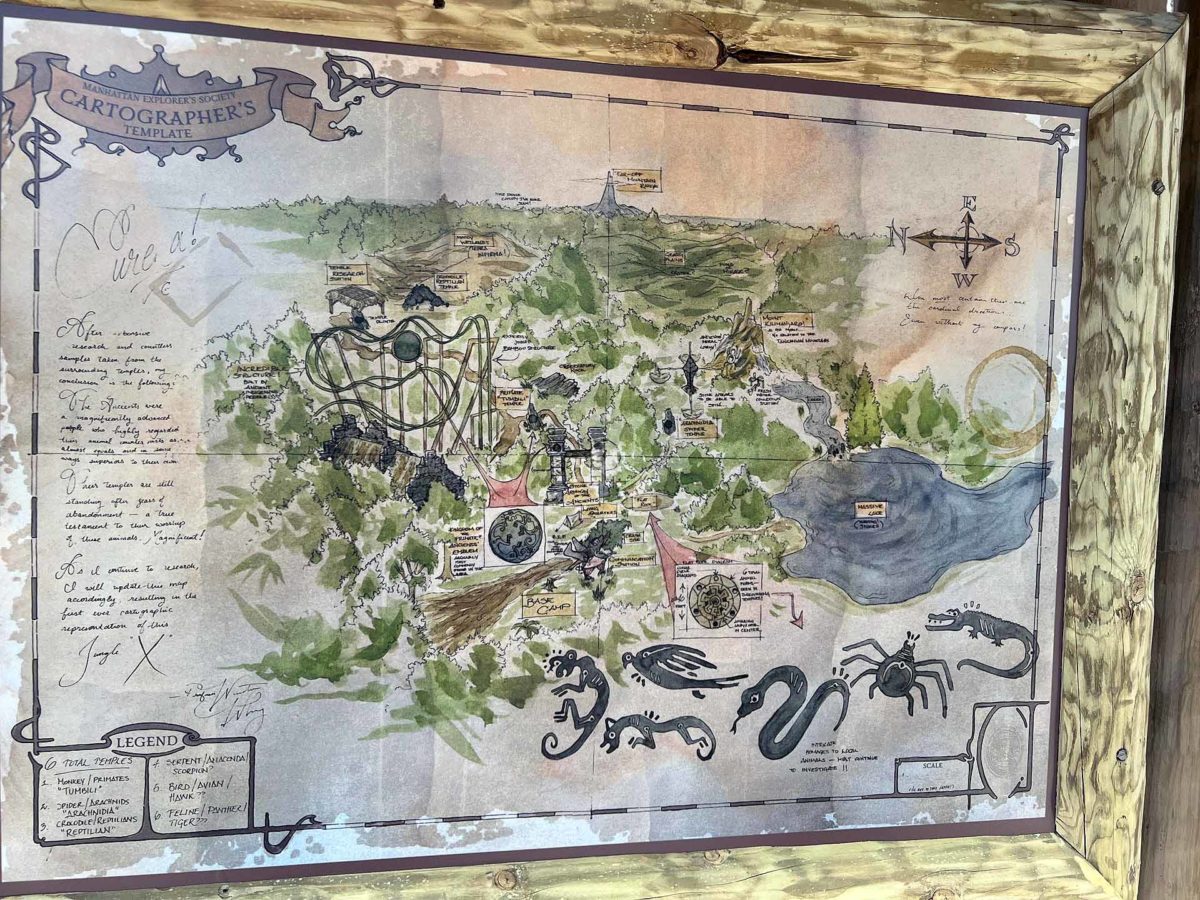
Jungle X-Pedition at Kings Dominion
King’s Dominion revamped the area around the late Volcano the Blast Coaster, transforming it into Jungle X-Pedition.
And Canada’s Wonderland expanded the back of the park to become Frontier Canada. All of these new areas have focused on adding thematic elements, updating older structures with new looks and enhancing food and beverage options.
Those who have seen these new areas have shared positive reviews, highlighting how these projects improve the overall look of the park, thus enhancing the guest experience. While these types of projects for the Cedar Fair parks are still new, I expect the parks will continue to make these types of improvements to other areas of each park rather than focusing on simply building new rides for the sake of adding something new.
If that’s the case, I expect to see the new board of executives of the new Six Flags/Cedar Fair chain bring these enhancements to the existing Six Flags parks. Carnival game stalls could be replaced with comic book facades to create Metropolis- and Gotham City-themed areas. Dense foliage could be added to create jungle-themed areas. Older dark rides could be revamped with technology from the Sally Corporation to create modern experiences.
The endless possibilities and ideas the soon-to-be-former Cedar Fair executives could bring to the Six Flags parks have me excited to see what the future could bring for Six Flags and Cedar Fair parks. Let us know what you think the Six Flags/Cedar Fair merger will bring in the comments section below.

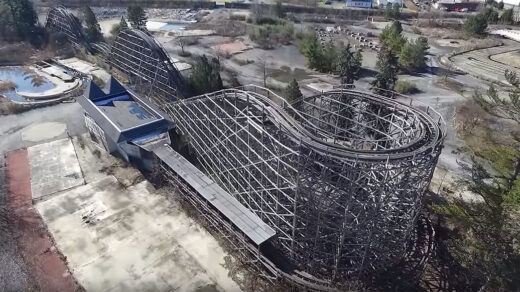
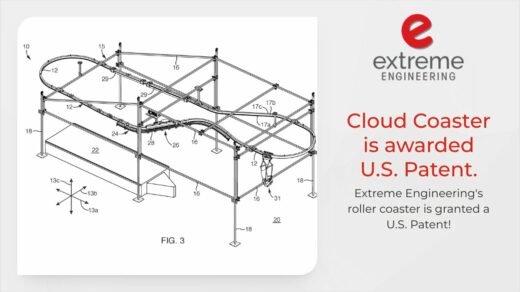
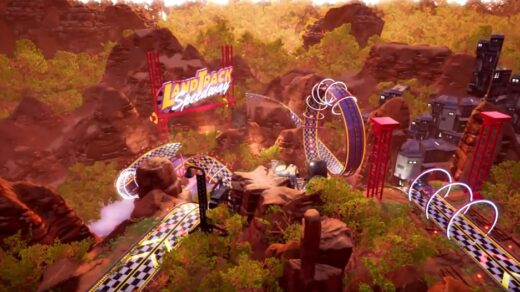




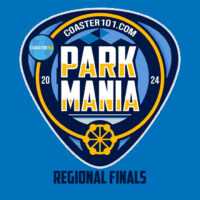
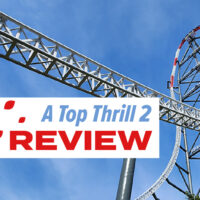
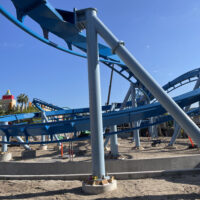




Yes! Six Flags to be merger after Cedar Fair has been discontinued!
Yes In Deed!
Why can’t they theme the sections with the music and the costumes the employees would wear as well as the rides like Disney does
What is cedar Fair going to do with six flags over Texas? Any new events or rides?
How has the strategy of incorporating recognizable characters like DC Comics or Looney Tunes and buying ride models in bulk impacted Six Flags parks, particularly in terms of developing unique identities and experiences for each park?